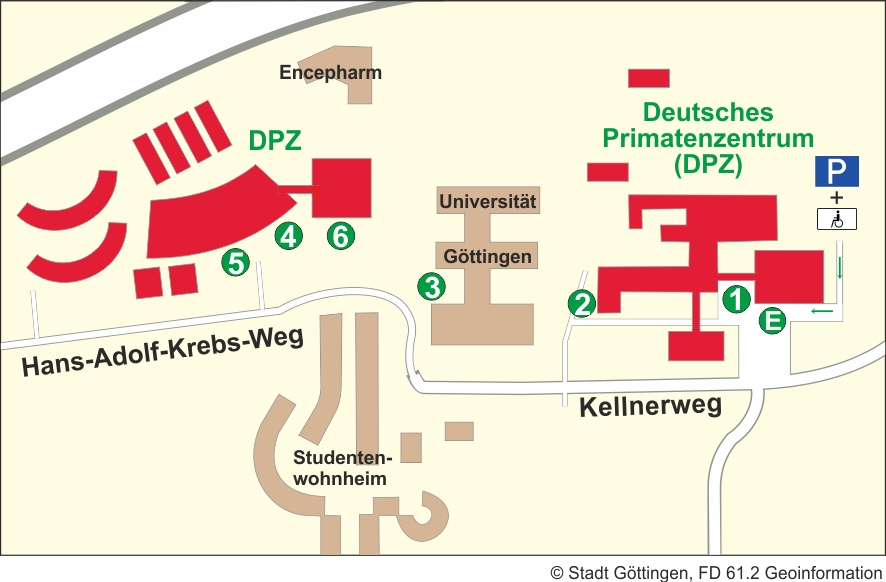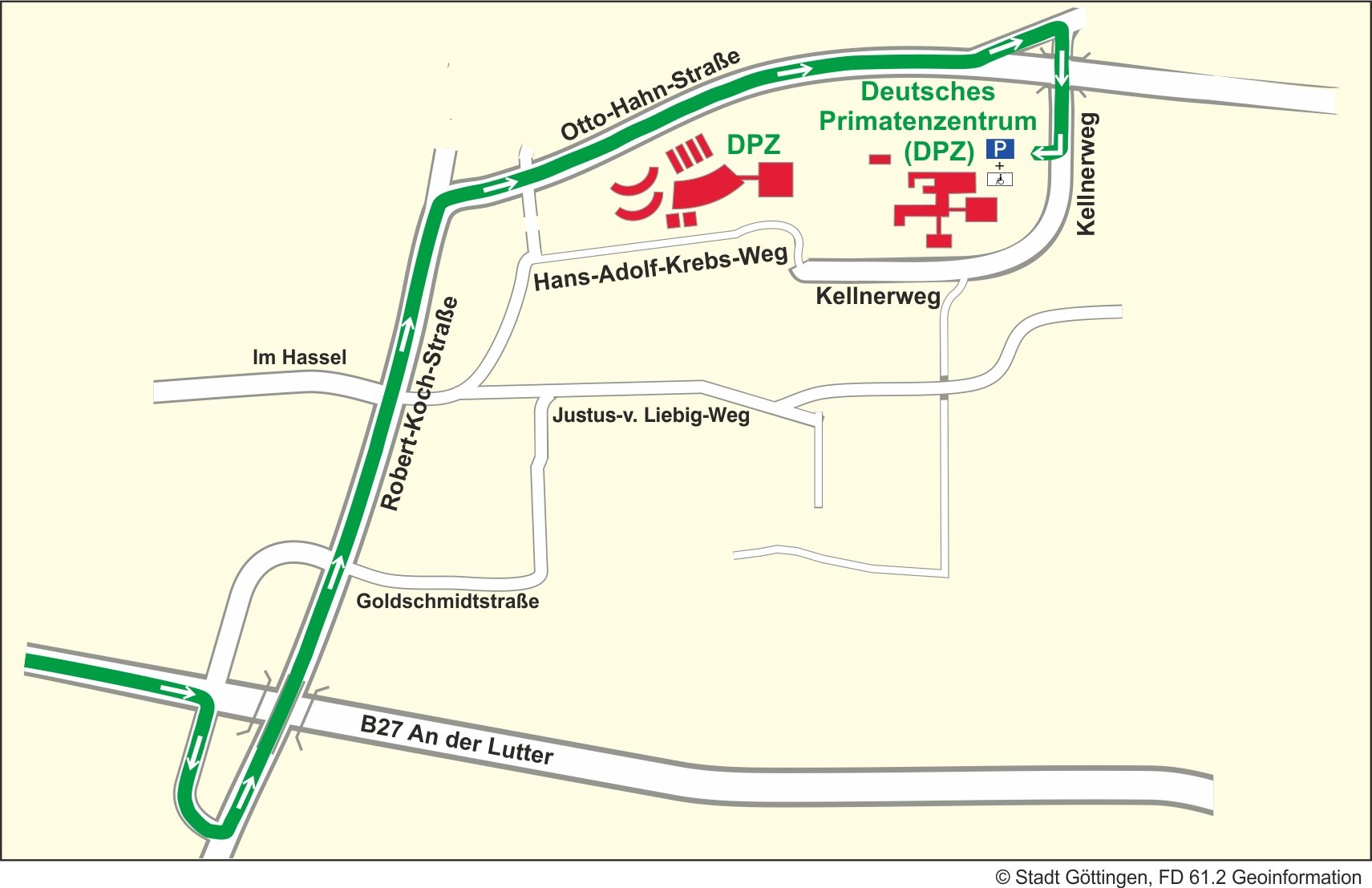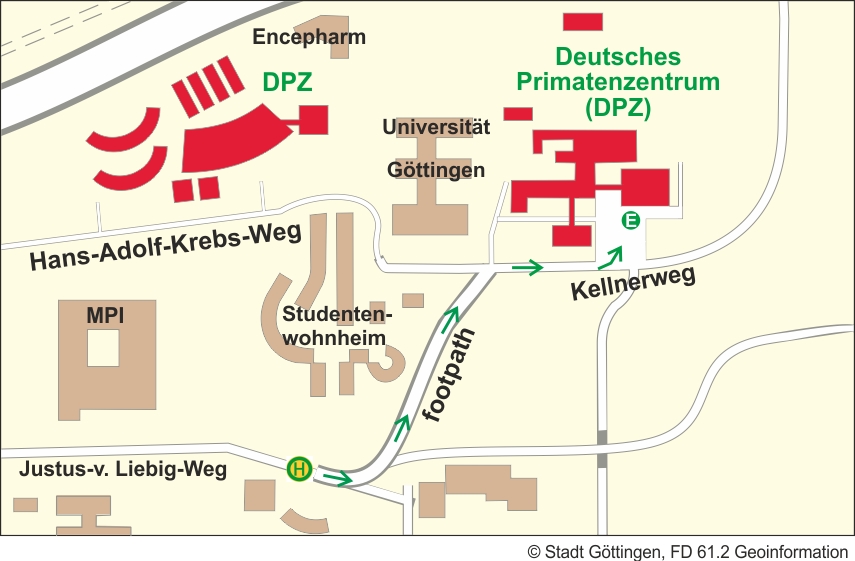Managing Aggression and Instability in Large Rhesus Macaque Social Groups
Save as calendar entryBiomedical facilities across the US and worldwide aim to develop cost-effective methods for the reproductive management of macaque breeding groups, typically by housing macaques in large, multi-male multi-female social groups that provide monkey subjects for research as well as appropriate socialization for their psychological well-being. One of the most difficult problems in managing socially housed macaques is their propensity for deleterious aggression. Such aggression can readily escalate to the degree that it causes social instability, increases serious physical trauma leading to group dissolution, and reduces psychological well-being. Thus, for both welfare and other management reasons, deleterious aggression among rhesus macaques at primate centers and breeding facilities needs to be addressed with a more efficacious and proactive approach. Herein I review a new proactive approach developed by our research team using social network analysis to assess and predict deleterious aggression in macaque groups. We discovered three major pathways leading to instability, such as unusually high rates and severity of trauma and social relocations leading to group dissolution. These pathways are linked either directly or indirectly to network structure in rhesus macaque societies. We define these pathways according to the key intrinsic and extrinsic variables (e.g., demographic, genetic or social factors) that influence network and behavioral measures of stability. They are: (1) matrilineal genetic fragmentation (2) presence of natal males, and (3) power structure and conflict policing behavior supported by this power structure. I will discuss how these three major pathways lead us to a greater understanding of macaque social dynamics, allowing us to predict the onset of deleterious aggression in macaque social groups and develop appropriate strategies for its prevention.
Referent
Brenda McCowan, PhD
School of Veterinary Medicine
University of California, Davis
USA
Journey Description
Map

E - Main Entrance/Reception
1 - Managing Board; sections: Infection Biology Unit, Unit of Infection Models, Laboratory Animal Science Unit, Primate Genetics Laboratory, Behavioral Ecology and Sociobiology Unit, Cognitive Ethology Laboratory, Neurobiology Laboratory, Research Coordination, Public Relations, Information Technology, Administration, Technical Support, Library.
2 - Material Delivery/Purchase
3 - Platform Degenerative Diseases
4 - Cognitive Neuroscience Laboratory
5 - Animal Husbandry
6 - Imaging Center, Functional Imaging Laboratory
Arrival by car

Leave the interstate A7 at exit "Göttingen Nord". Follow the B27 straight ahead in the direction of "Braunlage". After the third traffic light intersection turn right towards "Kliniken". Afterwards turn left onto "Robert-Koch-Straße" direction "Universität Nordbereich/Polizei". At the end of "Robert-Koch-Straße" turn right onto "Otto-Hahn-Straße", direction "Nikolausberg". The first street on the left turn onto "Kellnerweg", follow the signs "Deutsches Primatenzentrum".
Arrival by bus

The footpath from the bus stop "Kellnerweg" to the Main Entrance/Reception:
From Bus stop "Kellnerweg" (line 21/22 and 23) Cross the road, go in the direction of the bus. At the mailbox, turn left into the footpath and proceed to the end. Turn right into the Kellnerweg. The main entrance of the DPZ is on the left side.
Date and Time 07.06.18 - 15:15 - 16:30 Signup is not required
Location
Deutsches Primatenzentrum GmbH
Old Lecture Hall
Leibniz-Institut für Primatenforschung
Kellnerweg 4
37077 Göttingen
Deutsches Primatenzentrum GmbH
Leibniz-Institut für Primatenforschung
Kellnerweg 4
37077 Göttingen
+49 551 3851-361
LCassidy(at)dpz.eu
